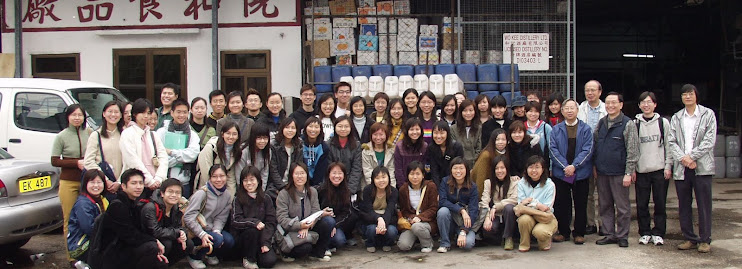You do not need a Google Blog account to read the blog. Answers
to your questions:
1. Is Pseudomonas species salt-tolerant and can stand
food w/ 7% salt w/v?
A:Many Pseudomonas spp are salt-tolrant and can grow on
food at 7% salt w/v.
2. What is the pH range for Pseudomonas species to grow?
Can it grow in food w/
pH 5.2?
A: Pseudomonas spp are highly diversified in many
properties. They are not acid tolerant and likes to grow around neutral pH. They
probably cannot grow in food at pH5.2.
3. As Listeria monocytogenes grows at pH>5.5,then it
must be impossible to grow
in food w/ pH 4.8??
A: pH limits are influenced by many factors including the
type of acids in the food. Where did you get the limit of pH>5.5? Your
statement does not indicate that pH5.5 is the limit. Some reports showed that
L.m. can grow at pH as low as 4.25.
4. Is Escherichia coli 0157 H7 salt-tolerant and can
stand food w/ 7% salt w/v?
A: O157:H7 is not salt-tolerant. It would grow very
poorly in food at 7% salt w/v. Some reports showed that it cannot grow at all at
salt content above 8.4%.
5. What is the pH range for Saccharomyces cerevisiae to
grow?
A: Saccharomyces cerevisiaw grows around neutral and
slightly acidic pH. It is not usually characterized by their pH range. It is a
fungus and can tolerate strong acids better than weak organic acids.
-----Original
Message-----
From: wwwwwwwwwwwwwwwwwwww
Sent: Monday, May 07, 2012 12:27 AM
To: b097709@mailserv.cuhk.edu.hk
Subject: Questions on FNSC4180 Food Microbiology
Dear Prof. Kwan,
I would like to
ask you some questions on the course via e-mail as I don't
have a google blog account.Thank you very much!!!
1. Is Pseudomonas species salt-tolerant and can stand
food w/ 7% salt w/v?
2. What is the pH range for Pseudomonas species to grow?
Can it grow in food w/
pH 5.2?
3. As Listeria monocytogenes grows at pH>5.5,then it
must be impossible to grow
in food w/ pH 4.8??
4. Is Escherichia coli 0157 H7 salt-tolerant and can
stand food w/ 7% salt w/v?
5. What is the pH range for Saccharomyces cerevisiae to
grow?

